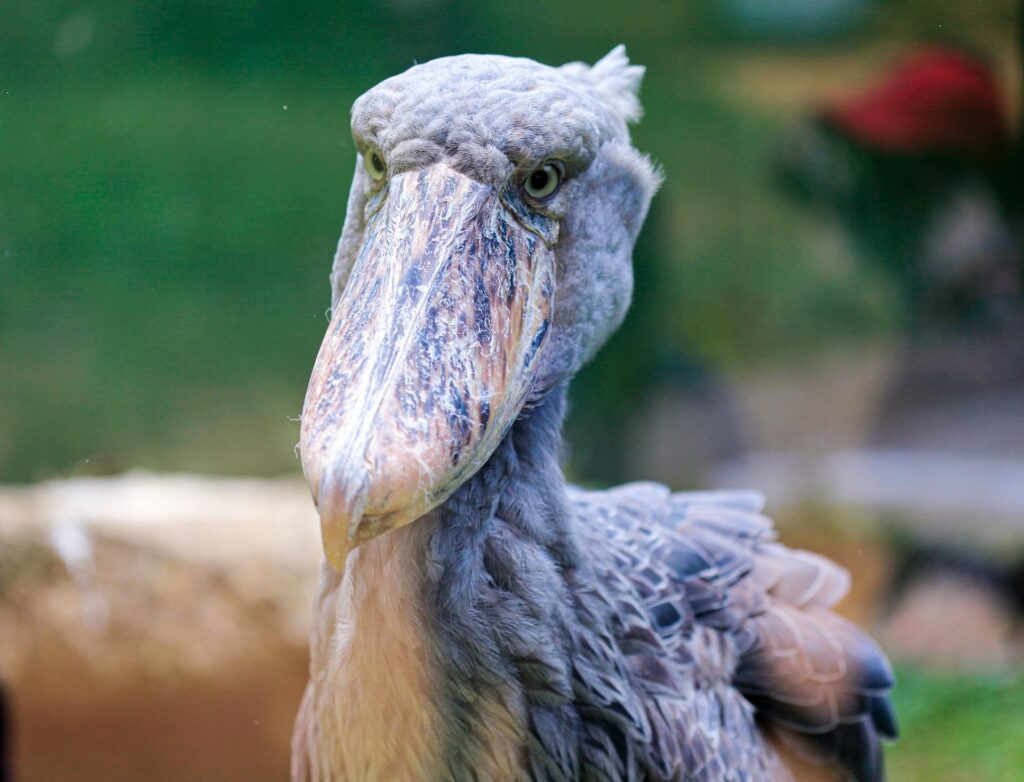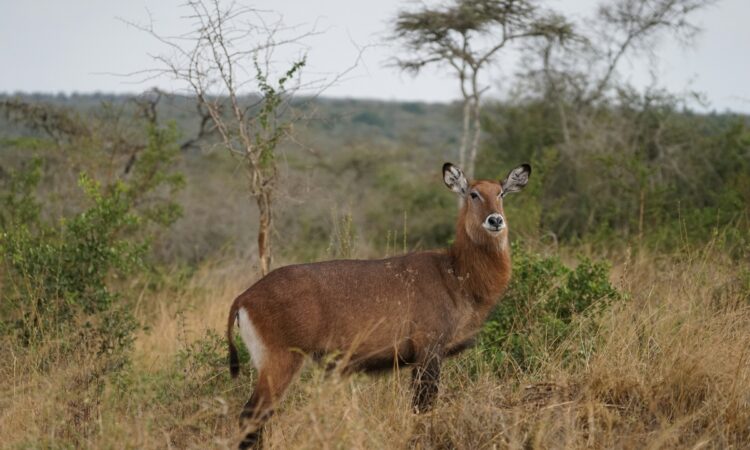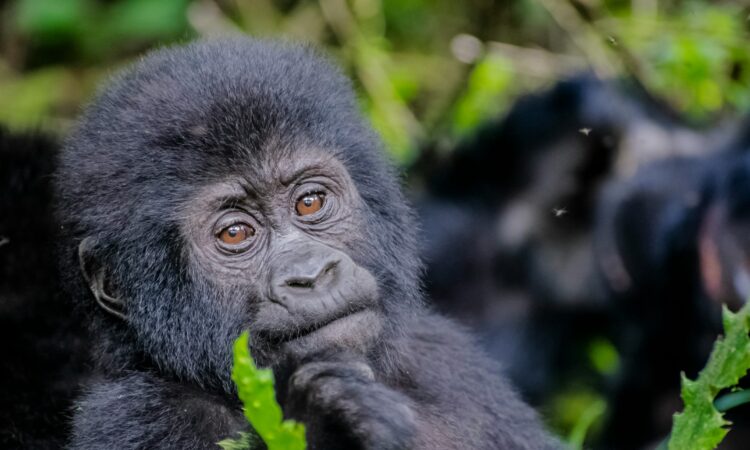Bird-watching the Shoebill Stock at Ziwa Rhino & Wildlife Ranch – Ziwa Rhino & Wildlife Ranch is located in Uganda’s Nakasongola District. It is an important breeding area for the endangered southern white rhino, which is the only rhino species found in Uganda.
However, the ranch is not just home to rhinos—it is also a great place for bird-watching.
In this blog, we will discuss ten bird species that can be found at Ziwa. While the ranch is home to many more, we will focus on just a few.
Ziwa is known to have over 300 different bird species, making it a fantastic spot for bird lovers.
The ranch covers about 70 square kilometers and consists of grasslands, forests, and marshes. These different ecosystems provide the perfect environment for birds to thrive.
The Shoebill Stork – A Rare Sight in Uganda

One of the most sought-after birds to see in Uganda is the shoebill stork. Ziwa is one of the best places to spot this rare bird, and visitors have a very high chance of seeing one. In fact, a record eleven shoebills were seen in a single trip!
Ziwa is fortunate to have these prehistoric-looking birds nesting in its marshes. Our experienced rangers know the best locations to find them, making it easier for visitors to have an unforgettable birdwatching experience.
The Shoebill Trek – A Unique Bird-watching Adventure

This activity is perfect for early risers. The shoebill trek starts at 6:00 AM, which is the best time to see these birds. The canoe trip through the Lugogo Swamp provides the highest chance of spotting them, and it is also a great opportunity to witness the sunrise over the wetlands.
Birdwatchers and nature lovers will enjoy the abundance of water birds in this area. Since the activity starts early in the morning, visitors must stay overnight at Ziwa. This is because the ranch gates do not open until 7:30 AM.
Before heading out on your swamp excursion, our trained rangers will give you a briefing. There is nothing like floating silently through the wetlands as the sun rises.
It is the perfect way to see marsh birds, including the shoebill stork, in their natural habitat.











